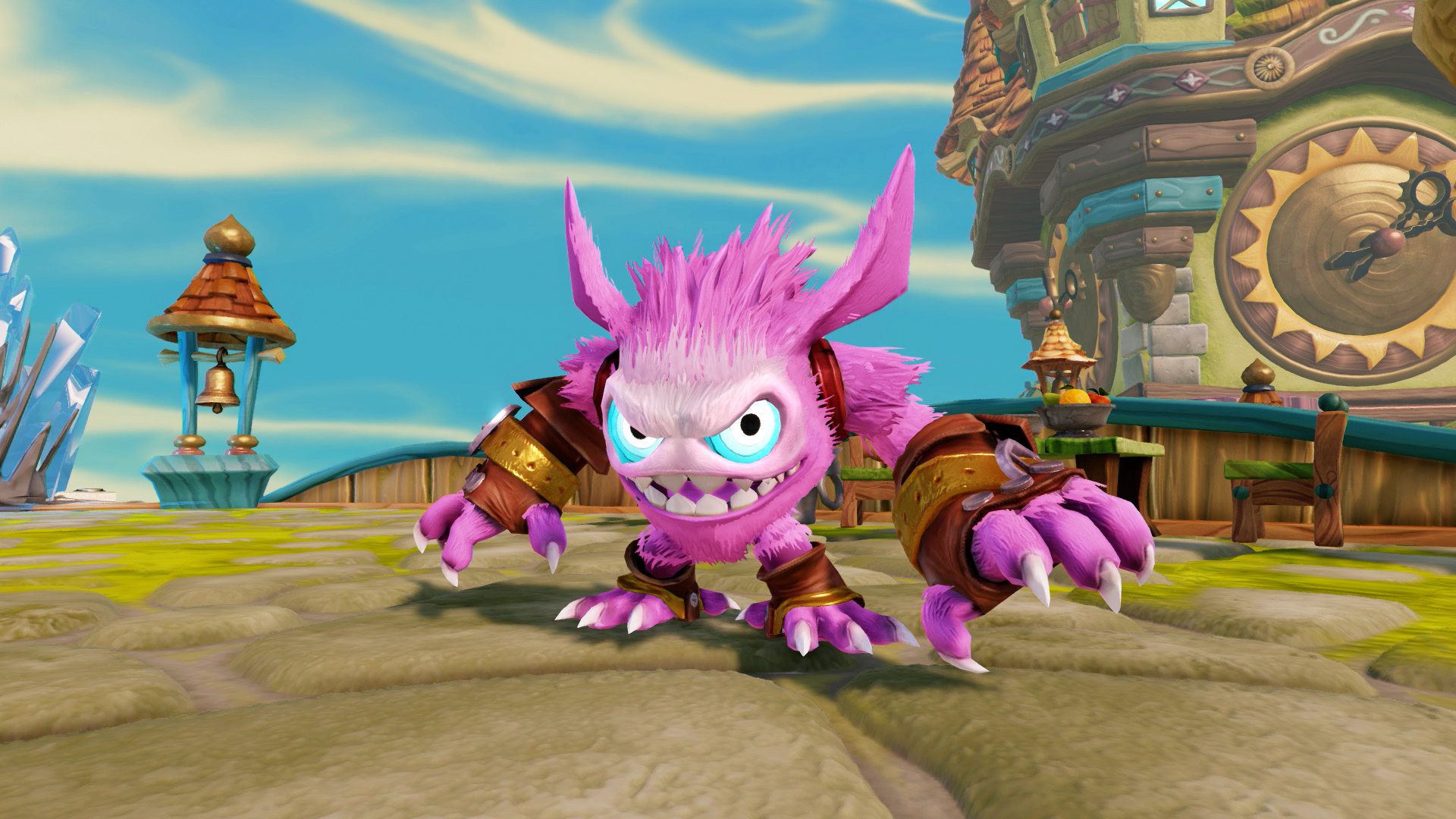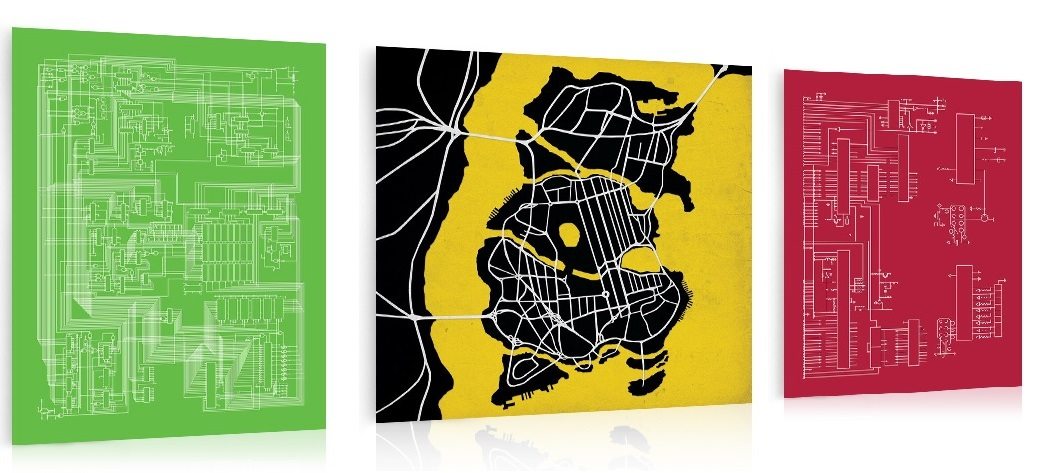Reviewing a Mario Party game is always a bit of a challenge for a couple of reasons. First, with a series as notoriously content-rich as Mario Party, how many games (and/or minigames) do you need to play to really pass judgment on the whole package? A couple? A dozen? A hundred? Second, Mario Party games are a lot like pizza; even when they’re bad, they’re still pretty good.
After spending the last 10 days playing Super Mario Party Jamboree, I can assure you that this latest Nintendo Switch offering isn’t a bad Mario Party game. Indeed, it’s certainly a good game and quite possibly—at least in my estimation—the best Mario Party game. With 22 playable characters, seven boards, 110 minigames, robust control options, a truly staggering number of play modes, and even a single-player “campaign,” there are ample offerings here to satisfy everyone from a meager one to an outlandish 20 players.
Core to the Super Mario Party Jamboree experience is the… y’know… Mario… Party, and this mode remains its biggest selling point. From Jamboree‘s central Party Plaza hub, hop in the conveniently located balloon and choose the biggest island in the chain to begin your adventure. As always, Mario Party mode is a four-player event with support for both CPUs and online players to fill out any vacant spots.
A pair of rulesets let you tailor the experience from the get-go; Party Rules is the classic setup with ample doses of randomness to ensure the trademark madcap gameplay, while Pro Rules make for a more skill-based approach (including a pre-game announcement of the game-ending bonus category, elimination of the Chance Time spaces and Hidden Blocks, and signs indicating where the next Star might land).

No matter which you choose, the goal remains the same. You’ll roll dice to move spaces, participate in regular minigames against your opponents, collect coins, and use those coins to purchase game-winning Stars. A new wrinkle exists, however, in the form of Jamboree Buddies, helper NPCs who basically use their abilities to let you do things twice. Like the aforementioned Stars, Jamboree Buddies are added to seemingly random board spaces at regular intervals, so where they end up and how easily it is to reach them varies widely.
The seven gameboards each have their own themes, secondary mechanics, and unique quirks. The new Goomba Lagoon has a tide effect that routinely floods low-lying spaces, while the three-story Rainbow Galleria boasts an elevator and escalators to spice up movement and flash sale events that half the price of items and Stars. Returning favorites include Mario’s Rainbow Castle from the original Mario Party and Western Land from Mario Party 2, the latter of which has an old-timey train system that adds an interesting twist to its otherwise straightforward difficulty.
That starting balloon ride can also be used to access Jamboree‘s other content, including Minigame Bay (with its vast minigame collection, daily challenges, and 2 vs. 2 matches) and a bevy of motion-enabled and specialty online content. Rhythm Kitchen allows four players to experience rhythm-based cooking games using single Joy-Con controls, and Paratroopa Flight School sees two players flap their way to victory using dual Joy-Cons. Hell, Toad’s Item Factory has one to four players use motion controls to guide materials safely through convoluted machinery.

Two of the more interesting multiplayer offerings include the 20-player Koopathlon—a minigame competition where your score determines your pace in a race to the finish line—and the cooperative Bowser Kaboom Squad—where up to 8 players work together online to defeat an Impostor Bowser by blasting him with bombs.
Of course, the Party Plaza offers many more interesting activities. You can check your rankings against players worldwide, peruse the Data House to look at your rewards and achievements, and even spend those hard-earned points to purchase your favorite music tracks, stickers and backgrounds for your customizable player card, and reaction images used to taunt/congratulate your fellow players.
Even the Party Plaza itself is customizable thanks to the innovative Party Planner Trek. This single-player experience challenges a character of your choice to work their way through as-yet unfinished gameboards like Mega Wiggler’s Tree Party and Roll ’em Raceway. By simply walking the board, interacting with characters, playing minigames, and answering quiz questions, you’ll collect Mini Stars needed to complete the venue as well as unlock Plaza elements like fountains, tiles, and garlands.

In addition to making Super Mario Party Jamboree a more compelling solo experience and allowing me to make my Party Plaza my own, this mode in particular really drew me in. It provided a perfect mix of challenge and reward that kept me coming back, and since it’s essentially a solo campaign, it was a fun new aspect of Jamboree that I could enjoy anywhere at any time.
With its amazing mix of boards, characters, minigames, and modes, Super Mario Party Jamboree is a satisfying new chapter in the Mario Party franchise that lets you play exactly the way you want. With the holidays just around the corner, it’s the perfect pick-up for entertaining your family, regardless of age or skill level, and a newfound focus on single-player content only makes it that much more accessible.
Review materials provided by Nintendo of America. This post contains affiliate links. Team Waluigi forever!





